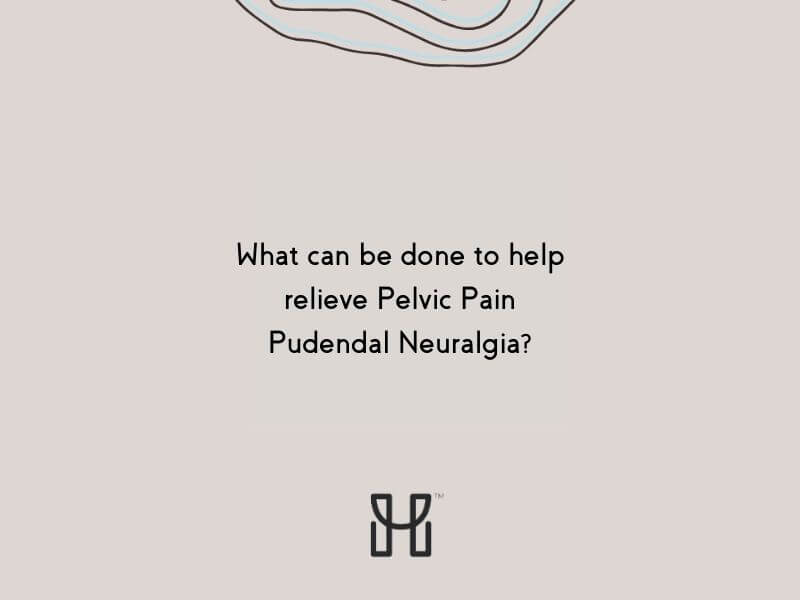Question: I’ve been suffering with high tone pelvic floor dysfunction and pudendal neuralgia for three years now. I’ve tried so many oral medications, as well as vaginal suppositories, and trigger point injections, and still no relief. I also suffer from anxiety as well, and that causes pelvic pain to be worse at times. Any suggestions would be greatly appreciated!
Answer from Dr. Daniel Gruber, urogynecologist from Sibley Memorial Hospital in Washington D.C., part of John Hopkins medicine.
This is a very complicated and complex phenomenon and condition. You touched on something very important, which is anxiety, which can also lead to depression or depression-lead to anxiety. Those kind of conditions definitely make pain syndromes much worse. The perception of pain and what you feel definitely can be exacerbated by having anxiety.
So, the first thing that we always talk about for these issues is relaxation, meditation, therapy, and stress relief. I’m a big believer in meditation for these types of situations. There’s lots of different techniques that people can use to help with this. I think it’s important to find a therapist that you’re in tune with, that you trust to help you learn different techniques for relaxation and alleviate some stress. That’s very, very helpful in these kinds of conditions.
Also, as I touched on, there’s mental health aspects of this too. Sometimes a psychiatrist, and on occasion medications, can be helpful – usually in conjunction with therapy and techniques to help with relaxation.
Another entity that we use very often in these situations is pelvic floor physical therapy. I typically recommend somebody who’s licensed through the American Physical Therapy Association. You can find their certifications on their website, and they also have a section on pelvic health. These people train on pelvic health for many years and are very capable and able to help people.
One of the important things is people think when they see a physical therapist for these issues, that it’s all about Kegel exercises and strength. That’s important, but you must remember it’s also about relaxation. A muscle has to be able to contract and also relax for it to work. The pelvic floor is no different. So, those muscles can be very tight, and in those people they’re strong, so that’s not the problem. It’s the relaxation that can be a big problem too for pelvic muscle spasms.
What can also come either in conjunction or separately from this is pudendal neuralgia. The pudendal nerve helps supply the vulva, the perianal, around the vaginal area, and the clitoris. There’s different conditions where this can cause tremendous pain. A lot of these patients will have a difficult time sitting on hard surfaces for long periods of time, as this tends to pinch the pudendal nerve and cause them a lot of pain.
Sometimes, pudendal blocks can be done that can help alleviate the pain a little bit. There’s extreme conditions where CT guided testing can be done to isolate the nerve and see if that’s making a difference.
There are certain pelvic physicians, nurses and treatment providers who specialize in these kinds of things. And there’s lots of different things that can be done, including, as you mentioned, different medications. Also, for pelvic muscle spasms, sometimes we’ll do Botox injections into the muscles of the pelvic floor.
So, the point is there’s a lot of different treatment options. There’s really no one thing that is going to work for everybody. Treatment is trial and error, and sometimes things work for a while and then they don’t. I would definitely come back to the anxiety treatments, depression treatment, stress relief – dealing with all those kind of things that make pain worse. All treatments need to be worked in conjunction with each other.




















